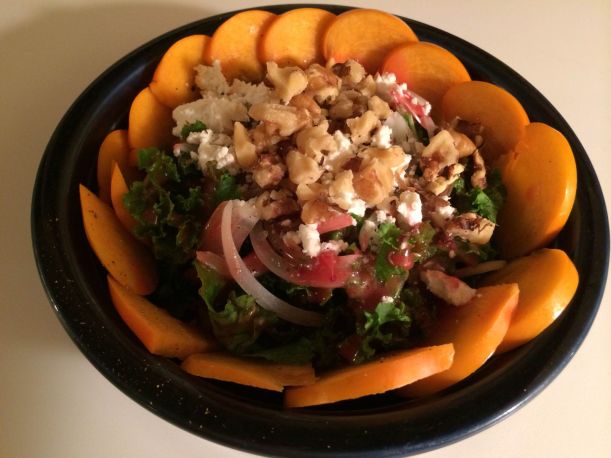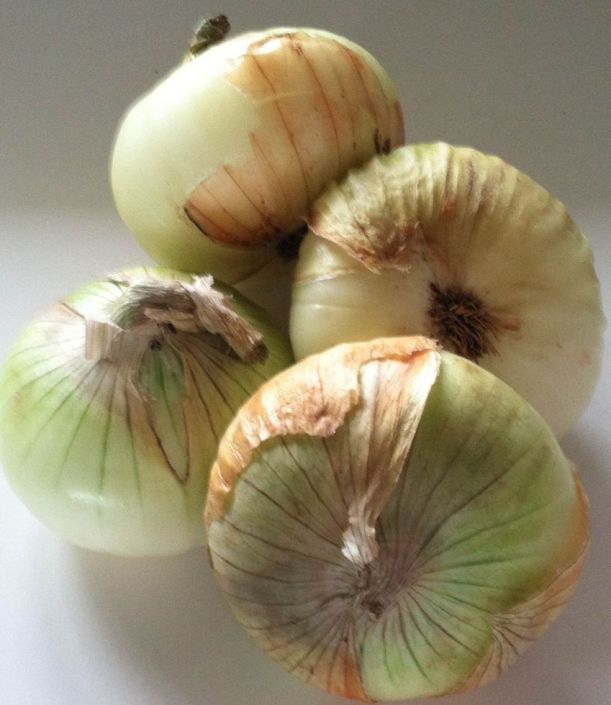“If you’re busy, never cook for one meal; always cook for two or three. Put it in the freezer, but it doesn’t have to encore in the same form.” Lynne Rossetto Kasper
Who knew? Not me. I had no idea that some nice farmer is growing black raspberries, on Maui, for our eating pleasure {in November!!!}. My husband purchased these beauties at the Upcountry Farmers Market. What a pleasant surprise!
We love fresh berries with a dribble of heavy organic cream and a flurry of powdered
sugar. . .pure bliss.
Unlike other easier to eat berries, cranberries elicit strong opinions from those who either love them or loathe them. We happen to enjoy cranberries, and have a few favorite ways to use them. I should say that I am talking about fresh cranberries, not the dried ones. We do like dried cranberries, but they are not the same healthy powerhouse as the fresh variety.
Once the berries are dried, the sugar and calorie content skyrocket. Fresh berries are only available a few months of the year, so if you want them year round, you will need to buy them now and squirrel them away for another day. We like to rinse fresh cranberries in a colander, blot them dry and then put them on a parchment-lined sheet pan for a short stint in the freezer; this will prevent them from freezing into a solid block of cranberries, which will not be user friendly. If you do not have parchment paper, a flexible cutting board works well, but I do not recommend using waxed paper, as it tears easily from being wet and it will be harder to remove the frozen berries. Once the berries are frozen, pop them into a freezer bag and enjoy them whenever you like, in breads, cookies, hot cereal, smoothies or relish.
One of our favorite cranberry recipes is for fresh cranberry orange relish. We also like cooked cranberry relish, but this is what we make most often. We have significantly reduced the sugar for our tastes, but you can certainly adjust it for yours. I enjoy this relish the most on plain yogurt {yum!} with big pieces of walnuts. It is also good to have a spoonful on a green salad, or with any traditional cranberry-friendly foods.
Fresh Cranberry Orange Relish
adapted from Superfoods Rx.: Fourteen Foods that will Change Your Life {Steven Pratt, M.D. and Kathy Matthews}
12 ounces fresh or *frozen cranberries, rinsed and drained
1 unpeeled orange {preferably organic}, washed, cut into eighths and seeded
1/3 cup sugar {the original recipe calls for 3/4 cup}
Put the cranberries, orange slices and sugar into a food processor. Process until everything is evenly chopped. Chill until ready to eat. *If you use frozen cranberries, partially thaw them before processing, or you will end up with a big cranberry orange ice ball.
The relish gets better as it sits and the flavors mingle.
Makes about 3 cups
We enjoyed several kale salads last week, all of them with cranberry vinaigrette. The tart-sweet of the vinaigrette pairs perfectly with kale’s bitterness and the creaminess of fresh goat cheese. A few other ingredients make this salad a winner. Not to mention the fact that the dressing is a gorgeous hue of creamy cranberry pink. It looks kind of like raspberry gelato. I apologize for the lack of photo-we ate all the dressing.
Kale Salad with Cranberry Vinaigrette
I made several versions of this salad recently, this being the most elaborate with the addition of canned tuna. You can put in whatever you like, but I think the most important additions are the goat cheese {for creaminess} & the toasted walnuts {pair excellently with the goat cheese and cranberries, and for a toasty CRUNCH}.
Kale, enough for 2 salads, washed, dried well & torn into bite-size pieces
Thinly sliced sweet onion {or red}
1 avocado
1 can tuna {we use Wild Planet}; optional
Fuyu persimmon, washed and thinly sliced {I don’t peel them, but you can if you like.}
6 cherry tomatoes, halved
Toasted walnuts
Fresh goat cheese, crumbled
Cranberry Vinaigrette {recipe below}
Put the kale into 2 bowls and dribble with enough dressing to moisten. Top with onion, avocado, tuna {if using}, tomatoes, crumbled goat cheese and walnuts. Put a ring of persimmon slices around the edge of the bowl. Add a grind of salt & pepper then top with dressing.
2 servings
Cranberry Vinaigrette
2/3 cup fresh or frozen cranberries
2 tbsp sugar
1/2 cup white wine vinegar
1 teaspoon Dijon mustard
1/4 cup freshly squeezed orange juice (or tangerine juice)
3/4 cup extra virgin olive oil
1/4 teaspoon kosher salt
1/4 teaspoon black pepper
Combine cranberries, sugar, and vinegar in a small saucepan over medium heat. Cook about 5-10 minutes, or until the cranberries pop. Remove from the heat and let cool. Pour cooled cranberry mixture into a blender or food processor and process until smooth. Add the mustard and orange juice and blend. With the motor running, stream in the olive oil. Season dressing with salt and pepper.
Makes about 2 cups dressing
Did you know that. . .
Fresh cranberries:
* are low in calories {44/cup}
* are high in fiber
* are low in sugar
* aid in the prevention of urinary tract infections {UTIs} by preventing bacteria from sticking to the urinary tract lining
* are high in phenols which are plant chemicals known to be highly protective against many health problems {i.e. toxic to cancer tumor cells}
* helps to prevent bacterial adhesion to teeth and the stomach lining, preventing dental plaque and ulcers, respectively
Information from: The 150 Healthiest Foods on Earth {Jonny Bowden, Ph. D., C.N.S.}
Happy Thanksgiving & Bon Appetit!




























